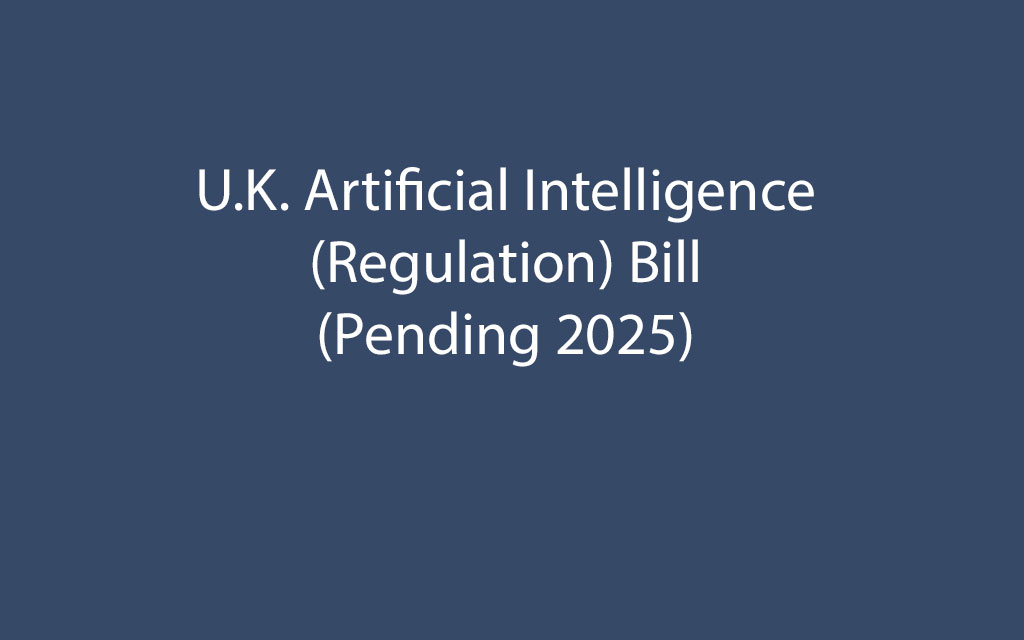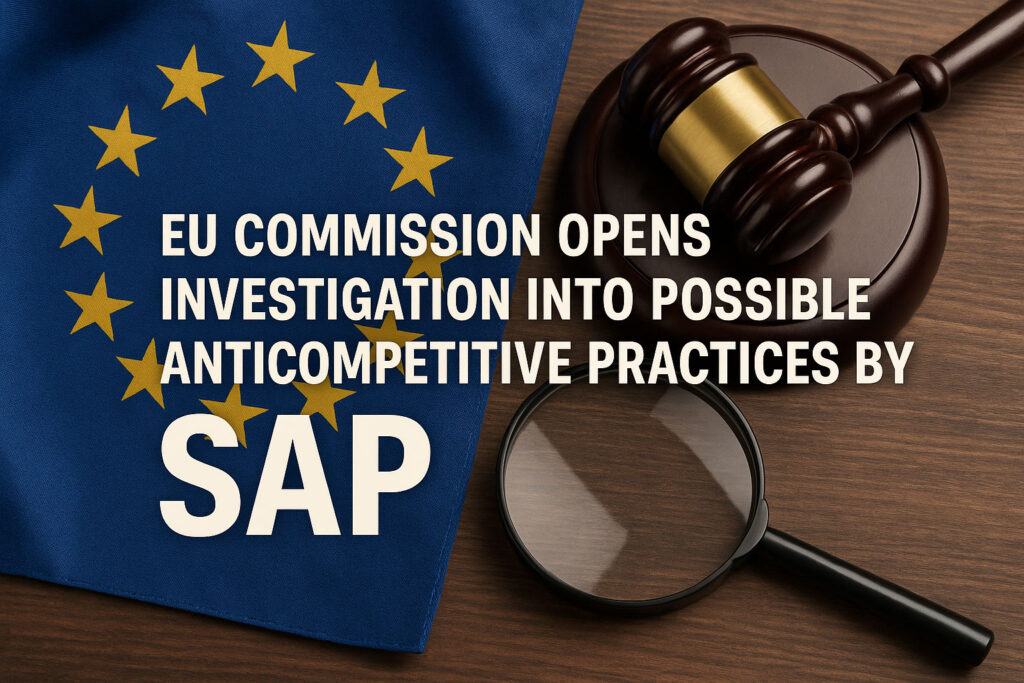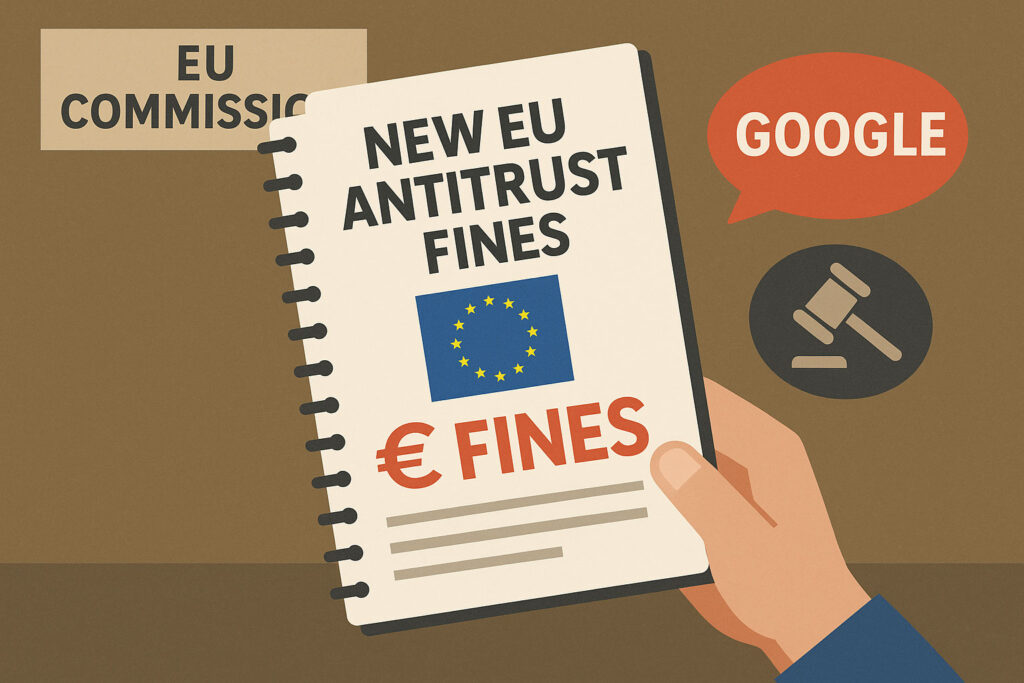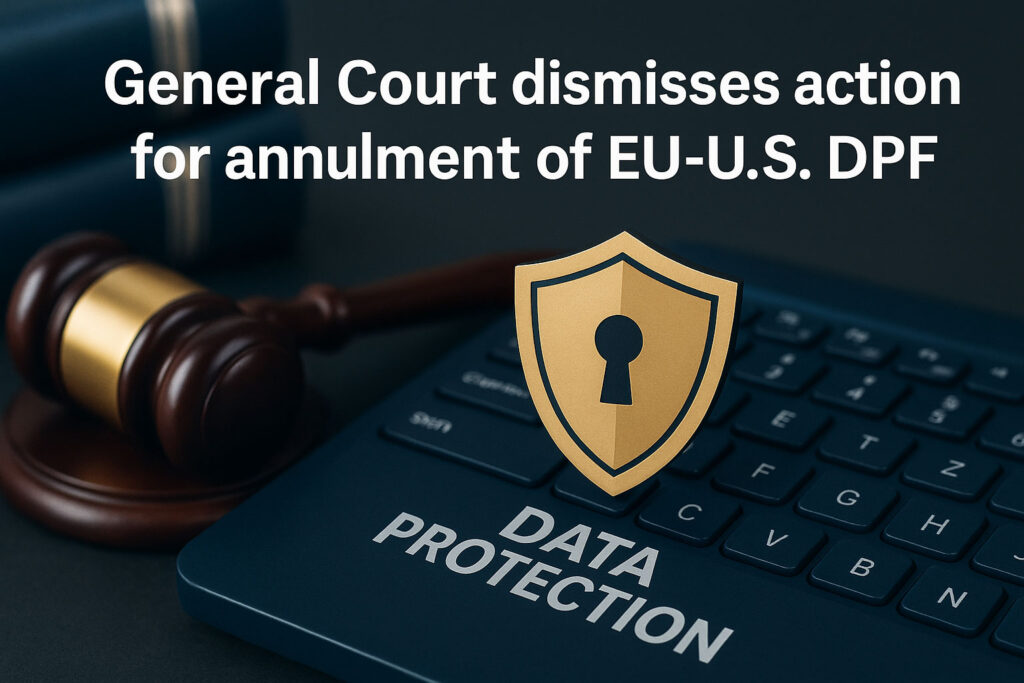As artificial intelligence (AI) becomes increasingly embedded in commercial and public life, governments worldwide are racing to regulate its development and deployment. Among the most closely watched regulatory frameworks are those proposed or enacted by the European Union and the United Kingdom. Although both jurisdictions recognise the transformative potential of AI and its associated risks, their approaches diverge significantly in ambition, legal force, and underlying philosophy.
This article explores the key differences between the UK’s Artificial Intelligence (Regulation) Bill in its current state as of 23/07/2025 and the EU AI Act, highlighting their implications for businesses operating in both markets.
1. The EU AI Act: Comprehensive and Binding
Formally enacted in 2024, the EU AI Act is the world’s first horizontal, binding legal framework for AI. It aims to ensure that AI systems placed on the EU market are safe, transparent, and respectful of fundamental rights and democratic values. The regulation applies not only to EU-based companies but also to non-EU entities providing AI systems or services within the EU.
Key Features
- Risk-Based Classification: The EU AI Act classifies AI systems into four categories:
- Unacceptable risk: Prohibited outright (e.g., social scoring by governments, real-time biometric surveillance).
- High-risk: Subject to strict obligations (e.g., AI used in employment, education, or law enforcement).
- Limited risk: Requires transparency (e.g., chatbots must disclose that they are not human).
- Minimal risk: No regulatory requirements.
- Mandatory Compliance Requirements for high-risk AI include:
- Risk assessments and mitigation strategies
- Data governance standards
- Human oversight mechanisms
- Technical documentation and record-keeping
- Post-market monitoring
- Strong Enforcement Provisions: Non-compliance can result in administrative fines of up to €35 million or 7% of global annual turnover.
- Governance Structure: Establishes national supervisory authorities and an EU AI Office to oversee implementation and ensure coordination across Member States.
Ambition and Scope
The EU’s ambition is clear: to set a global standard for trustworthy AI, akin to the GDPR’s impact on data protection. Its rules have extraterritorial effect, influencing international developers seeking access to the EU market. The regulation targets developers, distributors, importers, and users of AI systems alike.
2. The UK AI Bill: A Principles-Led Framework with Emerging Momentum
In contrast, the UK’s Artificial Intelligence (Regulation) Bill was originally introduced as a Private Member’s Bill in 2023. However, it was relaunched in 2025 and has since passed its first reading in the House of Lords, signaling growing momentum. The Bill proposes establishing a central AI Authority and codifying legal duties related to AI fairness, transparency, and accountability.
Key Features
- Central AI Authority: The Bill proposes creating an AI Authority to coordinate regulation, issue guidance, and promote ethical AI development, bringing the UK closer to a centralized oversight model akin to the EU’s.
- Flexible, Principles-Based Framework: Instead of imposing comprehensive, binding rules across all sectors, the Bill introduces guiding principles and permits sector-specific regulators to adapt standards to their domains.
- Ethical and Human-Centric AI: Emphasizes transparency, bias avoidance, and appropriate human oversight.
- Transparency Obligations: Encourages mechanisms to explain AI decision-making, especially in high-impact applications.
- AI Impact Assessments: While lacking the EU’s formal tiered risk categories, the Bill requires AI impact assessments that imply structured risk management.
Status and Limitations
Although the Bill lacks full government backing and will unlikely become law in its current form, its 2025 reintroduction marks a notable shift toward more formalized AI regulation in the UK. The UK government still favors a light-touch, pro-innovation approach—outlined in its 2023 white paper “A Pro-Innovation Approach to AI Regulation“—relying primarily on existing regulators (e.g., ICO, CMA, FCA) applying high-level AI principles within their sectors.
Comparison: Regulation vs. Principles
| Dimension | EU AI Act | UK AI Regulation Bill |
| Legal Force | Binding EU-wide law (enacted 2024) | Private Member’s Bill pending enactment (July 2025) |
| Approach | Rules-based, prescriptive | Principles-based, adaptive |
| Scope | Cross-sector, global reach | National, sector-specific |
| Risk Classification | Tiered (Prohibited, High, Limited, Minimal) | No formal tiers, but AI impact assessments |
| Regulatory Body | EU AI Office + national authorities | Proposed AI Authority |
| Penalties | Up to €35m or 7% of global turnover | Not yet specified; pending legislative progress |
| Innovation Focus | Balanced with rights protection | Strong pro-innovation bias but increasing formal regulation |
| Status | Enacted and in force | Reintroduced with momentum, not yet law |
Potential Implications for Business
Businesses operating in or targeting both EU and UK markets would face a complex compliance landscape:
- Dual Compliance Obligations: Companies offering AI products or services in both jurisdictions will likely have to meet the EU AI Act’s strict requirements, regardless of the UK’s lighter-touch approach. UK firms may also face EU regulation extraterritorially if their AI is used or marketed in the EU.
- Compliance Planning: Organisations deploying high-risk AI should prepare for the EU’s technical demands—such as data governance, conformity assessments, and human oversight—and begin mapping systems to risk categories.
- Market Access: Like GDPR before it, the EU AI Act is setting a de facto global standard. UK businesses out of alignment risk competitive disadvantages or regulatory barriers in the EU.
- Regulatory Uncertainty in the UK: The UK’s sector-led approach may create fragmentation, inconsistent standards, and uncertainty over legal obligations. Meanwhile, the AI Bill’s reintroduction points to a possible shift toward more centralized regulation.
- Ethical and Reputational Risk: Beyond legal compliance, addressing fairness, bias, and explainability is essential to avoid public backlash, litigation, or loss of trust, irrespective of jurisdiction.
Conclusion: Different Roads, Shared Goals
The UK and EU share the ultimate goal of fostering safe, ethical, and human-centric AI, but their chosen paths diverge. The EU’s AI Act is prescriptive, enforceable, and globally ambitious. The UK’s current framework is principles-based, flexible, and pro-innovation—though evolving toward stronger legal measures. For organisations operating in both jurisdictions, the EU AI Act would likely set the compliance baseline, while UK regulatory developments warrant close monitoring.




